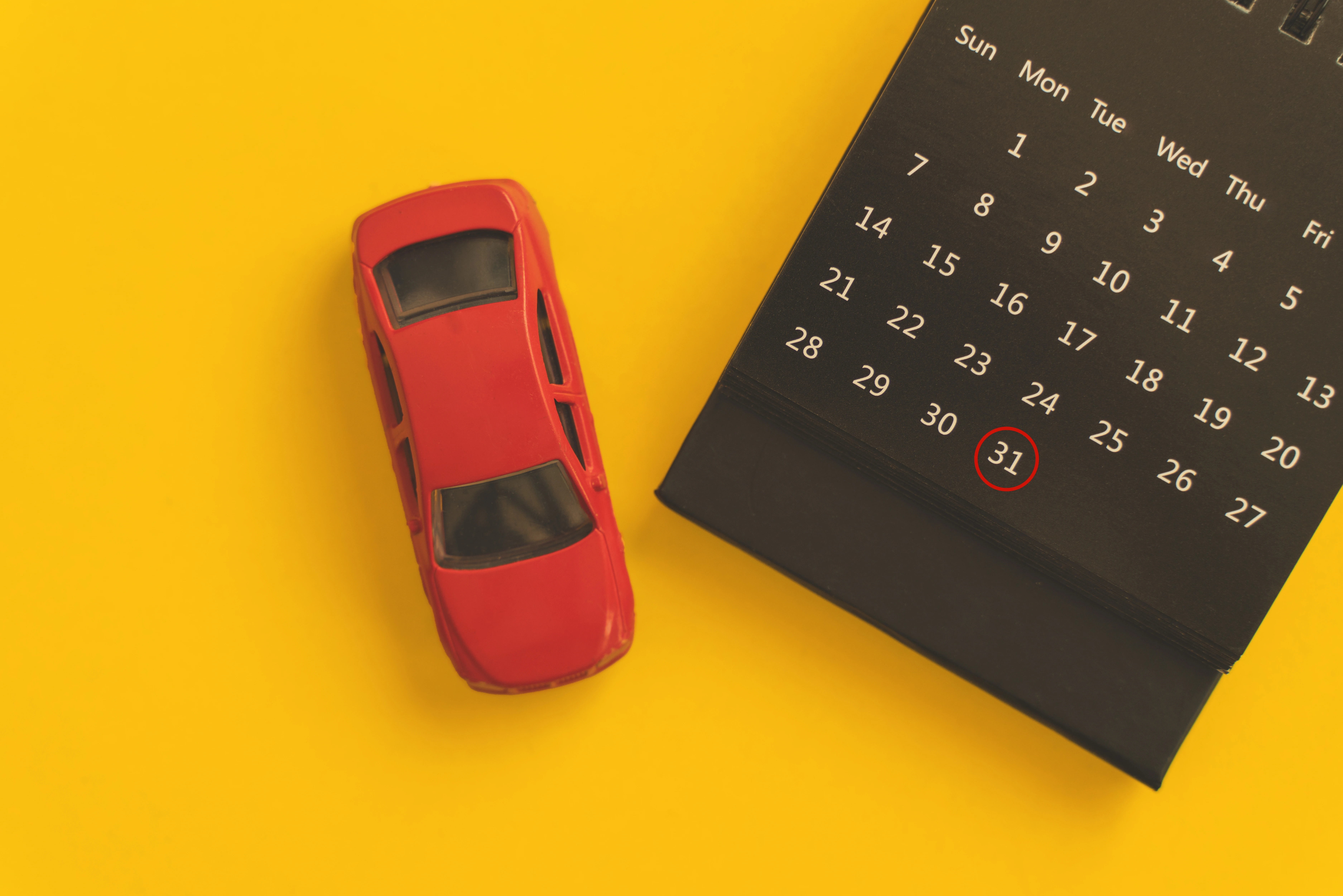If you’ve hardly used your car during the coronavirus lockdown, then you’ll need to check everything is in good working order before you get back behind the wheel. So, what should you do to make sure your car will start and is safe and ready to drive?
Battery maintenance
You don’t want to discover that your battery is flat just as you’re about to set off.
Today’s batteries usually provide up to five years trouble-free motoring, so you should be able to leave your vehicle for about a fortnight without worrying about recharging.
If you haven’t taken your car out for a while, though, it’s worth charging your battery by starting up the vehicle and running the engine for at least 15 minutes once a week.
The use of in-car electronics, extreme hot or cold weather and forgetting to turn off an interior light, can all cause batteries to go flat. Car immobilisers also draw tiny amounts of power when your car is parked up and locked. Bear in mind that regular short trips could cause problems as there may be too little time for your battery to recharge. If you’ve got two cars in the family, it might be worth alternating between them.
If you want to maintain your battery in optimum condition while your car’s not in use – and you have your own driveway – then consider getting hold of a charger that works off the mains. Chargers to suit different engine sizes and battery types are available online but do be aware that delivery could take longer at the moment. If there is a delay, then a helpful neighbour might be able to lend you a compatible charging unit.
Don’t leave your engine running unattended
Never leave your car with the engine running – even if it’s parked in your own drive. It’s technically an offence to do so – and you run the risk of someone stealing your car.
Protect your brakes
If your vehicle hasn’t been driven for some time, then the parking brake might seize up. To stop this happening, release the handbrake and move your car back and forth a few metres. If your car is parked on private, flat ground, then you could try leaving the car in gear with the handbrake off, but don’t do this if there’s any danger of the vehicle rolling away.
Carry out safety checks
Before getting in the driver’s seat, carry out all the necessary safety checks. Ensure all tyres have the correct tread depth, inspect for any defects and check too that tyres are inflated to the right PSI levels. We’ve had hot, sunny weather recently, so if you haven’t cleaned your car for a while, the windscreen and windows are likely to be streaked with dust and dirt. Give them a thorough clean and re-fill the windscreen fluid reservoir. Top up your oil and brake fluid levels, if necessary, and check that all lights and brakes are working properly. By looking after your vehicle now, even though you’re not driving it, you’ll save yourself a lot of time and hassle when you eventually get back on the road.
Never miss a deal again
Sign up to our mailing list to receive the latest deals straight to your inbox!
Categories
More Articles

The Best Electric Vans For Business Leasing In The UK
Businesses are on a quest to go green so the electric van market is a rapidly increasing one, that's why we have put tog...

When Is The Best Time Of Year To Lease A Car In The UK?
Leasing offers all-year-round benefits, but there are seasonal factors which make some periods of the year a good time t...

2024's Top Leased Cars Revealed: Surprising Favourites Among UK Drivers
From hatchbacks and SUVs to luxury cars, we give the run down on the UK's top 10 lease cars from 2024.




























